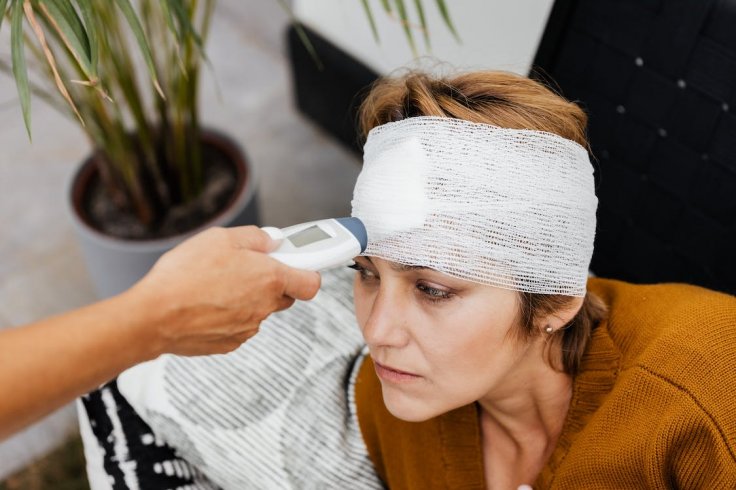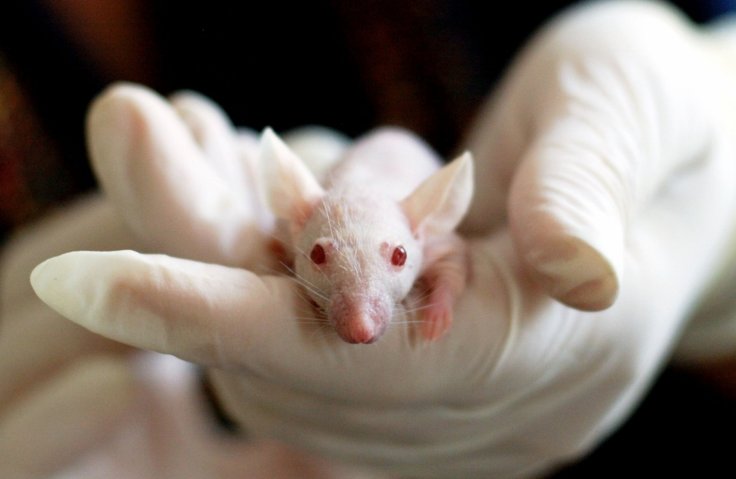Scientists, in a breakthrough study, have transplanted blobs of human brain tissue into the brains of rats to pave the way forward for new treatments for brain injuries. They were about to integrate human brain organoids into the rat brain. Scientists successfully linked the human brain tissues with the rat's blood supplies.
With this breakthrough, doctors in the near future might be able to grow blobs of brain tissue from a patient's own cells in the lab and use them to repair brain injuries caused by stroke or trauma.

Organoids Potential Solution
Scientists see organoids, three-dimensional tissue cultures grown in vitro from stem cells, as a potential solution. It can be induced to mimic the structure of a given organ with specific growth factors and other molecules. As organoids have a structure of their own, scientists said it would integrate better into the brain than loose cells.
Although attempts to transplant human brain organoids into young mice and rats have been successful, few scientists have tried to use them in adult, damaged brains. In the latest study, researchers found more than 82 percent of the implanted organoids survived the full experiment. They saw that the rats' brains were vascularizing the surviving organoids, integrating them into the rest of the visual system.

H. Isaac Chen, a translational neuroscientist at the University of Pennsylvania Perelman School of medicine and co-author of the study, said researchers found a direct connection between the eyes and the organoid's neurons. When they showed the experimental rats a flashing visual stimulus, the organoids' neurons activated – indicating they were performing a function in the visual cortex. Chen said human neurons can take a long time to mature, 9 to 12 months. In the study they got responses at a relatively early time.
More Work Needed
However, Chen said they are still far away from any clinical trials. Anna Devor, a neuroscientist at Boston University who did a separate study on organoids in mice, agreed that more work needs to be done. "Right now, we just place the organoid and then cross our fingers and say 'Okay, let's just hope for the best'. Some connectivity gets formed, but it's not clear to understand how." She said because the organoids are being added to mature brain tissue, the growth factors that would normally stimulate brain development are mostly gone. Devor highlighted that scientists need to find a way to add it synthetically in, so that the organoid's growth will match that of its host brain.









